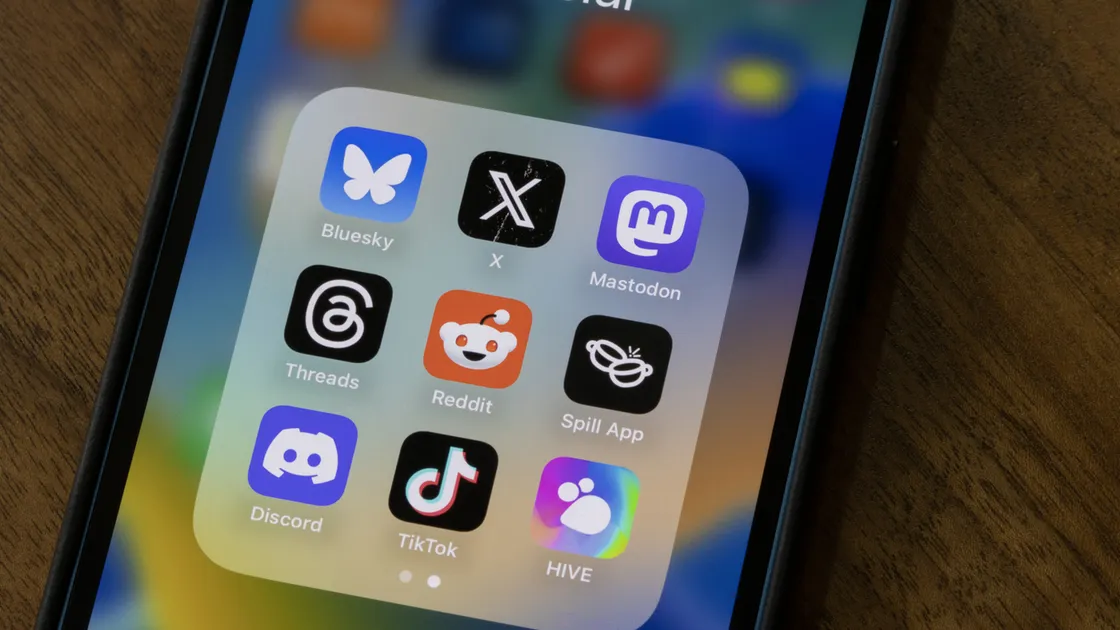How Consumers Use Social Media in 2025: New Data Reveals Influencer Impact and Buying Behavior

Which Platforms Matter Most in 2025
To understand consumer behavior on social media, we must first identify where people are spending their time. The 2025 survey data reveals a clear hierarchy among platforms, with some channels serving as daily essentials and others occupying more niche roles.
Top platforms by usage rate
When asked which platforms they regularly use, respondents most frequently selected YouTube (85.6%), followed closely by LINE (82.4%), and then X (formerly Twitter), Instagram, and TikTok, each capturing over half of all users. This illustrates that content-rich video platforms and messaging tools continue to dominate user attention spans.
The most frequently used platform
But frequency tells a different story. When asked which single platform they use the most, YouTube again leads by a significant margin (42.2%), far surpassing LINE (18.9%) and TikTok (14.6%). This distinction suggests that while multiple platforms are part of the daily routine, YouTube holds a uniquely central position in the digital lives of Japanese consumers.
When and how often people use social media
Social media is not just used often—it’s used regularly throughout the day. Nearly 40% of respondents check social platforms more than 10 times per day, with evening and nighttime identified as the most common usage windows. These behavioral patterns underscore social media’s role as both a habitual and context-sensitive medium, influencing consumers in real time based on their environment and mindset.
From Scroll to Search: Social as a Launchpad to Action
While social media may begin as passive scrolling, it often initiates a more active journey toward product discovery and evaluation.
According to the survey, the most common next steps after encountering a product or service on social media are:
- Searching on Google (27.7%)
- Searching within other social platforms (15.5%)
- Visiting e-commerce platforms like Amazon or Rakuten (13.7%)
- Watching review videos (10.5%)
- Saving the post for later (9.4%)
- Going to a physical store (8.5%)
- Making an immediate purchase (10.5%)
These behaviors suggest that social media is rarely the final step before a purchase—it’s a launchpad into deeper research and consideration. Rather than acting on impulse, consumers tend to verify, compare, and validate before buying.
In this model, social media operates less like a checkout counter and more like a showroom or referral point. Understanding this “scroll → search → consideration → purchase” flow is essential for marketers designing content that nudges users along the path, rather than pushing them off it too early.
Who Do Consumers Trust on Social Media?
Trust is the currency of influence—and consumers are selective about whose voices they believe online.
When asked which sources they find most trustworthy on social platforms, respondents ranked their confidence as follows:
- Official brand accounts (35.7%)
- Product review sites (17.0%)
- Influencers (14.3%)
- Friends or acquaintances (9.3%)
- Advertisements (5.5%)
- None / Not sure (18.1%)
While corporate accounts top the list, the data also reveals a significant degree of skepticism. Nearly one in five users responded that they don’t trust any source outright. This suggests that no single voice can claim universal authority in the social media space.
Notably, influencers rank third—above peers and ads—but still far below brands and review sites. This highlights an opportunity: influencers are positioned as semi-trusted intermediaries who, when used strategically, can bridge the gap between corporate messaging and consumer belief.
Marketers should avoid over-relying on any one channel. Instead, the data points toward a multi-layered trust strategy, combining authoritative brand presence with third-party credibility and peer-level relatability.
What This Means for Marketers
Social media remains a vital touchpoint—but it is no longer enough to rely solely on branded accounts or one-way messaging. The findings highlight a need for more nuanced strategies that balance credibility, relatability, and contextual relevance.
Why social alone is not enough
While official accounts are the most trusted individual source, they still fail to capture the majority of consumer trust. Moreover, the path from discovery to conversion is rarely linear. Consumers move between platforms, content types, and devices in fluid patterns—often verifying what they’ve seen on social media elsewhere before acting.
This means that brands need more than visibility—they need validation. One-sided communication, even if well-crafted, often lacks the third-party weight that consumers seek when making decisions.
How influencers enhance credibility and context
Influencers occupy a unique position in this ecosystem. Though they may not be the most trusted outright, they offer a crucial middle ground: humanized messaging that feels less like advertising and more like recommendation. When chosen well, influencers bring:
- Narratives aligned with consumer identity
- Aesthetic coherence with platform norms
- Social proof through engagement and resonance
This becomes especially relevant in categories like beauty, food, and travel—areas identified in the survey as highly viewed genres. In these spaces, influencers are not merely content creators—they are trust amplifiers and context builders.
For marketers, the implication is clear: create layered campaigns that incorporate both brand-led content and influencer storytelling to engage audiences where trust is most naturally built.
Conclusion: Rethinking Social Media’s Role in 2025
Social media in 2025 is no longer just a space for communication or content—it’s a behavioral environment that shapes how consumers discover, consider, and eventually act.
Yet, one of the key takeaways from the survey is that social media is rarely the point of final decision. Instead, it serves as an upstream influence: a catalyst for curiosity, a lens for emotional resonance, and a trigger for deeper exploration across search engines, product reviews, and peer feedback.
Marketers who treat social platforms as pure conversion tools risk misreading their function. Rather than focusing solely on immediate purchases or click-throughs, brands should consider social media as a trust-building and context-setting space—one that lives closer to the awareness and consideration stages of the funnel.
In this way, campaigns that align with user behavior—entertaining, informative, low-pressure, and authentic—stand a better chance of earning attention, inspiring action, and ultimately influencing outcomes across multiple touchpoints.
Action Plan
For marketers looking to operationalize these findings, the next step is clear: reframe social media not just as a campaign channel, but as a behavior-shaping environment. If your team is navigating questions like:
- Which platforms best match your target audience?
- How do you balance brand voice with influencer authenticity?
- What KPIs truly reflect trust and intent?
…then now is the time to start building a smarter strategy.
Looking for results-driven influencer marketing in Japan?
Let’s build your next success story—together.
Contact us for a consultation
Download our service deck
Visit our English site






